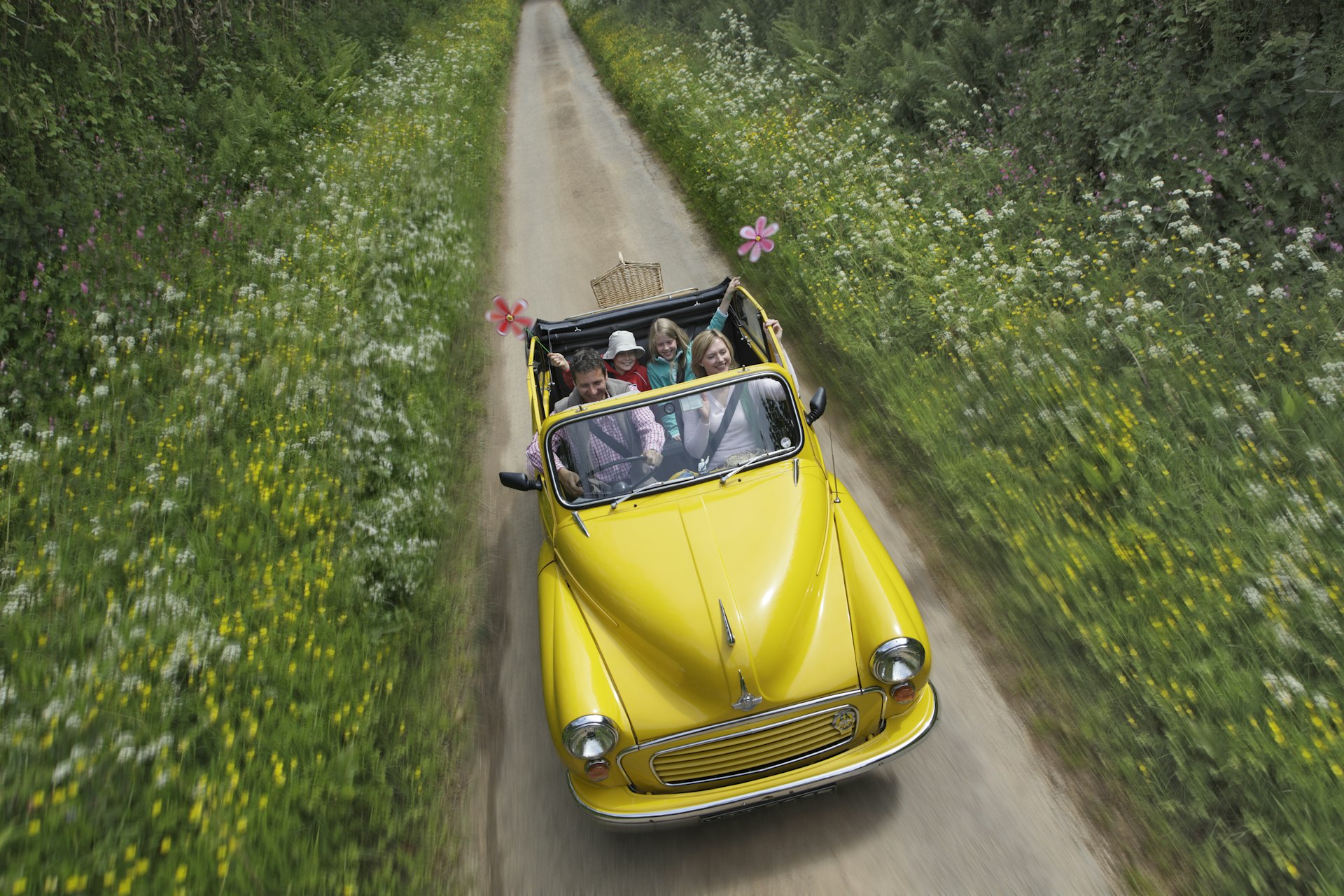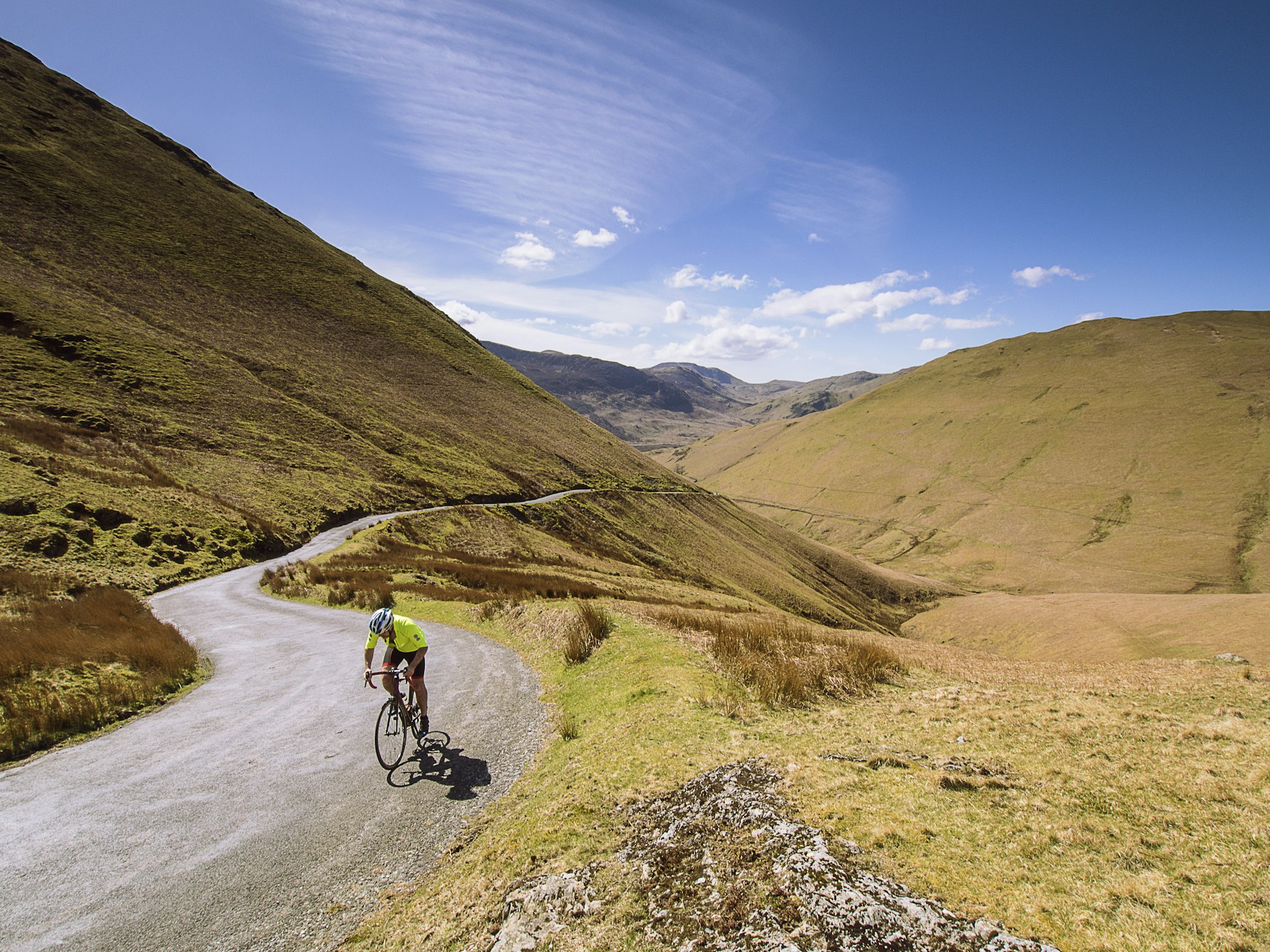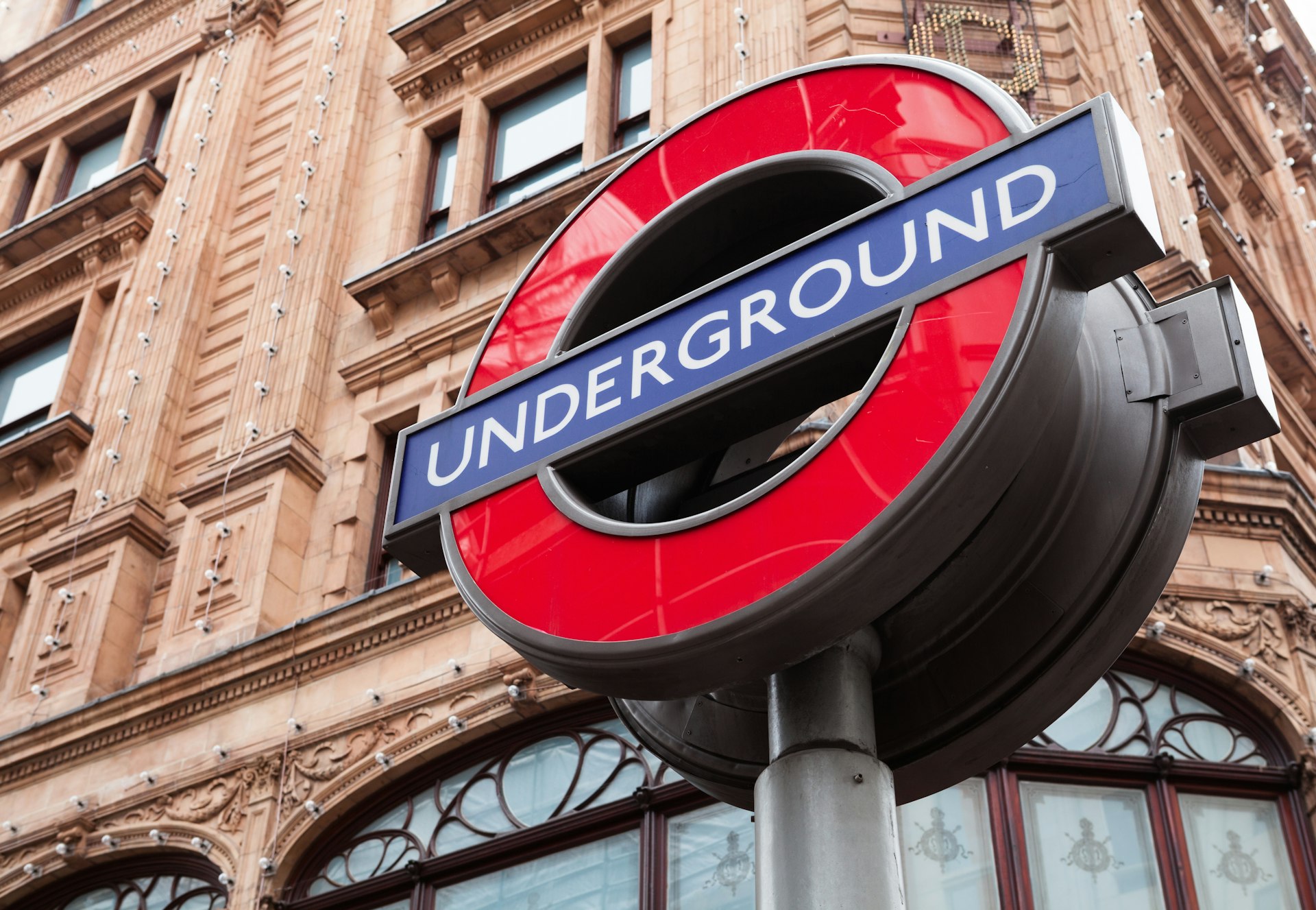Despite its myriad attractions, England is a fairly compact country with decent roads and a wide rail network so getting around isn't difficult, no matter what the season.
The first big decision when visiting England is whether to travel by private car or use the extensive public transport system. Having your own car means you can make the best use of time and reach remote places, but rental and fuel costs can be expensive, and there are always traffic delays to contend with. Public transport, which includes a reliable system of trains and coaches (buses), is often the better choice for getting around in the UK. Aside from London, England’s city centers are very walkable too.
From the cheapest travel passes to the best forms of transportation to get you where you're headed, here's our guide to getting around England.
Choose the train for fast long-distance travel
For long-distance travel around England, trains are generally faster and more comfortable than buses, but are usually much more expensive. The English like to moan about their trains, but around 85% run on time (and the 15% that see delays mostly impact commuters) and major stations are well-equipped, with super helpful staff, a range of food outlets and decent amenities.
The main headache for train enthusiasts these days is the cost. If you leave booking your ticket to the last minute, fares can be extortionately high, so it's always worth booking as far in advance as you can. Sometimes buying two single tickets can be cheaper than buying a return.
About 20 different companies operate train services in England, while Network Rail operates tracks and stations. For some passengers, the range of different train operators can be confusing at first, but information and ticket-buying services are mostly centralized.

If you have to change trains, or use two or more train operators, you can still buy one ticket, valid for the whole journey. The main railcards and passes are also accepted by all train operators – and can offer good savings.
Your first stop for planning journeys should be National Rail Enquiries, the country's nationwide timetable and fare information service. The website advertises special offers and has real-time links to station departure boards and downloadable maps of the rail network.
You can also buy tickets from the rail companies directly, or through other ticket retailers, who often have easy-to-navigate websites; options include Rail Easy and The Trainline. The ticket-splitting service Tickety Split is a great way of saving money on fares, particularly on one-way journeys.

Take the bus to ease the strain on your budget
Long-distance buses are known as coaches in the UK, and services run between most major towns and cities. If you're on a tight budget, coaches are nearly always the cheapest way to get around England, although they're also the slowest – sometimes by a considerable margin.
If you book early or travel at off-peak periods – ideally both – coach tickets can be very cheap, although if you’re going to the airport then take a faster train or taxi for peace of mind that you'll make it in time for your flight. The two major coach companies are National Express and Megabus.
Tip for taking a coach: Many towns have separate stations for local buses and long-distance coaches; make sure you go to the right one!

Hire a car if you’re heading to remote locations
Traveling by car or motorcycle around England means you have more independence and flexibility, and you can reach more remote parts of the country. Downsides for drivers include regular traffic jams (even on motorways), the high price of fuel, the cost of insurance and parking fees in cities and tourist towns.
Compared with many countries (especially the USA), car-hire is expensive in England and fuel costs can be eye-watering. The smallest cars start from about £130 (US$179) per week, while entry-level motorcycles cost from £215 (US$296) per week. If you have time, using a mix of train, bus, taxi, walking and occasionally hiring a bike, you can get almost anywhere in England without having to drive.
Tip for renting a car: There are several major car-hire providers, but you may get a cheaper deal using a smaller company local to your starting point, or go through a comparison site. Rental companies at airports can be good for deals, and they're easy to access via public transport, even if you're not flying into a city.

Save cycling for exploring the great outdoors
Hiring a bike – for an afternoon, a day, or a week or longer – is a great way to really explore a small region or see England’s great outdoors. Some cities have bike-share schemes (as well as e-scooters), while others have longer-term bike-rental shops. England also has a growing network of signposted long-distance cycling routes that may inspire you to explore more of the country by bicycle.
Bikes are often available for hire in national parks or forestry sites, particularly at locations used for leisure activities such as Kielder Water in Northumberland and Grizedale Forest in the Lake District. In some areas, disused railway lines are now bike routes, most notably routes in the Peak District in Derbyshire and the Bristol and Bath Railway Path in Somerset.
England is still a notoriously car-centric country however, and most cities are not very cyclist-friendly. Only a handful of cities have an adequate system of dedicated bike lanes, so it’s best to enjoy cycling in more rural locations, particularly during the summer.

Flights are only worth it for long distances
England doesn’t have a big network of domestic flights due to its small size, but there are some long cross-country routes that are awkward, costly and time-consuming if you travel by train (eg the trip from Exeter or Southampton to Newcastle).
However, you’ll still pay at least £100 for one of these flights, and the time saved becomes less beneficial once transit times and the journey to and from the airport are factored in. England's domestic airline companies include British Airways, Loganair, FlyBe, easyJet and Ryanair, but considering the short distances and high carbon cost, many prefer not to fly.
Hop on a boat to visit the Isle of Wight or Scilly Isles
The only major ferry crossings within England are from Portsmouth or Southampton to the Isle of Wight, and from Penzance to the Scilly Isles. If time isn't an issue, you could see some of England by canal boat; narrowboat hire companies are concentrated around the Oxford Canal and the Grand Union Canal near Rugby.

Local buses and trains get you around and between towns and cities
English cities usually have good public-transport systems – provided by a combination of buses, trains and sometimes trams – although these services can be run by a confusing number of separate companies. There's usually good information at each stop or station, including route maps and ticketing information, and staff in tourist offices are always happy to help.
Local bus services year-round in cities and towns except on Christmas Day and sometimes also Boxing Day, when services either stop or run on limited timetables. Sundays also see fewer services. CityMapper is a handy app for planning the quickest journey between points, especially if you're combining a transport options.
Buses run in rural areas year-round, although timetables are designed to serve schools and businesses, so there are fewer services in the middle of the day and at weekends. Services may stop running during summer school holidays, or buses may link local villages to a market town only one day each week. It pays to do your research before traveling around rural England relying on bus transport alone.
In tourist areas (especially national parks) there are usually more frequent services from Easter to September. However, it's always worth double-checking at a tourist office before planning your day's activities around a bus that may not actually be running.
How to catch a taxi in England
There are two kinds of taxis in England – licensed cabs with meters that can be hailed in the street, and "minicabs," which are cheaper but can only be booked by phone. In London and some other large cities, official taxi services are provided by the famous black cabs, which charge by distance and time. Ridesharing apps such as Uber are also an option in most towns and cities.
In rural areas, licensed taxis usually need to be booked by phone; look up the numbers for local taxi companies online as you plan your journey, or ask at a local pub or your accommodation. You'll often find taxis waiting for fares at country train stations, or a cab office nearby.
Tip for taking a taxi: The Traintaxi website is a database that pairs up minicab providers with train stations, helping you "bridge the gap" between the station and your final destination.

Why I love traveling by train in England
The world’s first commercial railway line opened between Liverpool and Manchester in 1830, but England post-war became very car-centric, with ugly motorways and grey ring roads spreading across the country like wildfire. But I still cherish the romance of train travel, and England’s meandering lines are blessed with some gorgeous scenery and unique history.
Trundling through the rolling green Chiltern Hills is the prettiest way to enter London, while the stark cinematic landscapes of the Yorkshire Dales will make you immediately put down your book or switch off your phone.
Yes, English trains are prone to delays and don’t have the watertight punctuality of somewhere like Japan, but these rustic lines were trailblazers and you’ll see far more of this pleasant, green land from a train window than from a motorway or from 35,000ft.
Take the magical sea-sprayed coastal line from Exeter to Dawlish and tell me you don’t love train travel!



